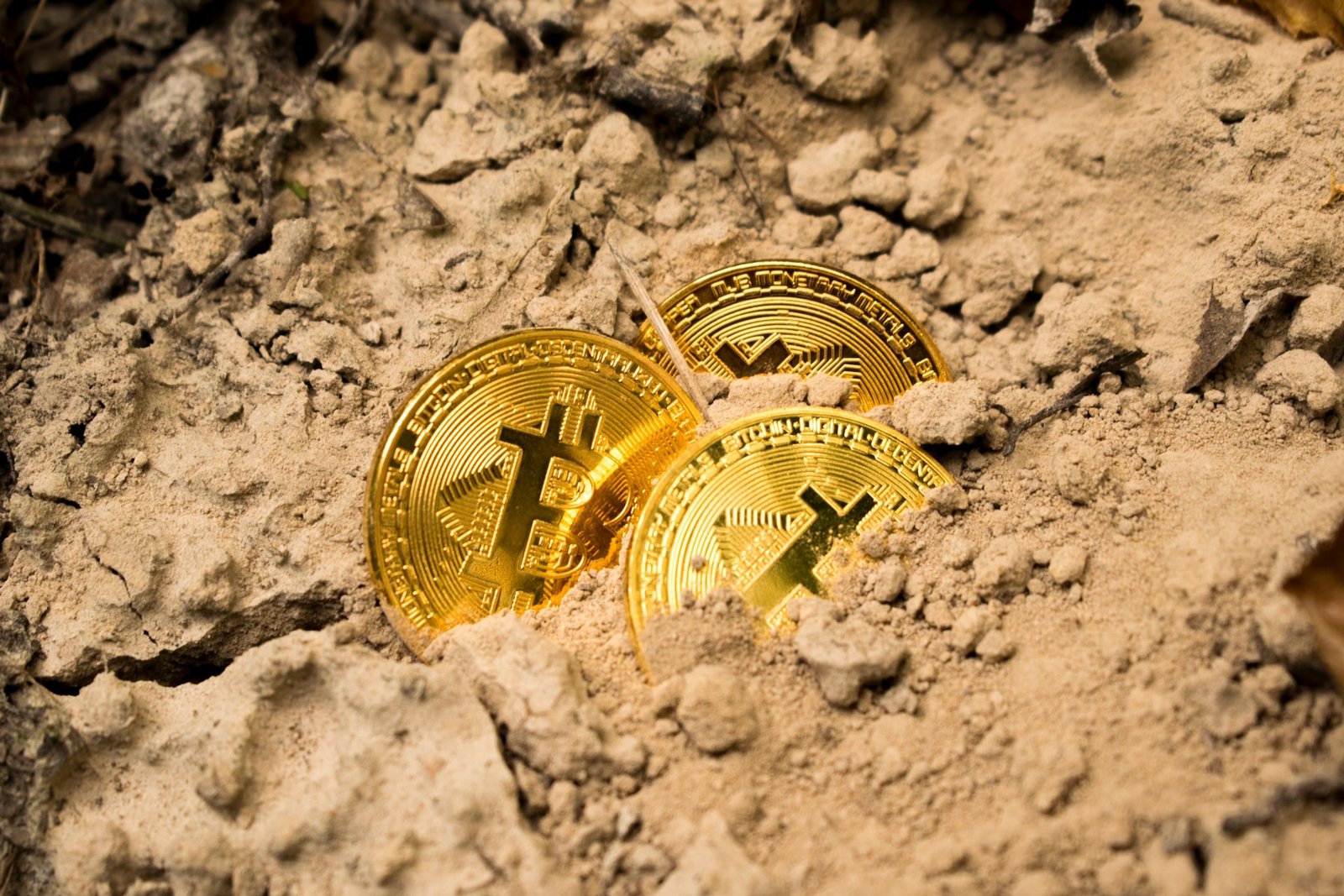To achieve a new all-time high, the bitcoin’s difficulty has increased by 4.68 percent, the second-largest annual increase. The complexity of the blockchain is dynamically adjusted by the Bitcoin core software in response to mining activities.
The greater the difficulty, the more secure the blockchain, since it becomes more energy-intensive to launch an attack. In addition, the difficulty of mining new blocks grows as the global hashrate increases.
The difficulty changes according to the miners’ hashrate to maintain a 10-minute block creation interval. Thus, if a “bad actor” were to recruit miners to attack the network, the difficulty and hashrate would continue to climb. Since the difficulty resets every 2,016 blocks, an assault would have less than two weeks before the network adjusted to the new miners’ mining power and reduced the attack’s influence.
Additionally, an increase in difficulty results in more consistent block times. Since there are now more miners competing for blocks, the time it takes to mine a new block is more reliably proportional to its difficulty.
However, the rise in complexity adds to the mining industry’s strain. More computational power is needed to acquire equal rewards, which reduces the profitability of mining devices.
Many miners’ biggest concerns have been soothed by the recent spike in Bitcoin’s price since Bitcoin awards are now worth more in dollars. After some miners filed for bankruptcy or were restructured during the bad market, the price rise provides miners with much-needed relief.
Also Read: Hundreds Of Millions Of XRP Changed Hands In Two Big Amounts
Disclaimer: The information provided in this article is for informational purposes only and should not be construed as financial or investment advice. Cryptocurrency investments are subject to market risks, and individuals should seek professional advice before making any investment decisions.


Comments are closed.